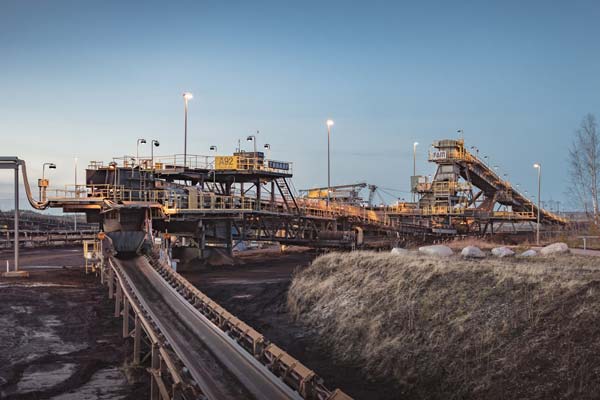As the mining industry continues to evolve, automation technologies have become essential for enhancing efficiency, reducing costs, and ensuring safety. Programmable Logic Controllers (PLC) and Distributed Control Systems (DCS) are at the heart of these advancements, offering mining companies optimized processes, increased productivity, and higher safety standards. This article explores the applications of PLC and DCS in mining and how they provide innovative solutions for the industry.
The Role of PLC and DCS
Applications of PLC
PLCs are primarily used for equipment control and monitoring in mining, offering flexibility and quick response capabilities suitable for:
- Equipment Control: PLCs manage mining equipment such as crushers, conveyors, and drills to ensure efficient operation.
- Process Monitoring: Real-time monitoring of equipment status and performance helps identify potential issues and reduce downtime.
- Safety Systems: Integrated safety functions protect personnel and equipment, minimizing accident risks.
Applications of DCS
DCS is ideal for more complex process control, especially in large mining facilities:
- Centralized Control: Managing multiple devices and processes through a single platform enhances coordination and efficiency.
- Data Integration: Collecting and analyzing data from various equipment provides a comprehensive operational view.
- Optimized Control: Advanced algorithms and models optimize process parameters, improving productivity and resource utilization.
Solutions Offered by PLC and DCS
Enhancing Production Efficiency
PLC and DCS enhance production efficiency through automated operations and real-time data analysis:
- Automated Processes: Reducing manual intervention increases operation speed and consistency.
- Real-Time Data Analysis: Data analytics optimize production scheduling and equipment usage, minimizing waste.
Improving Safety
Safety is paramount in mining, and PLC and DCS provide robust safety solutions:
- Fault Detection and Response: Real-time monitoring quickly identifies and responds to equipment failures.
- Integrated Safety Systems: Comprehensive safety monitoring and control protect personnel and equipment.
Environmental Monitoring and Management
With stringent environmental regulations, PLC and DCS assist mining companies in achieving environmental goals:
- Emission Monitoring: Real-time monitoring and control of emission levels ensure compliance with environmental standards.
- Resource Management: Optimizing resource use reduces environmental impact.
Implementation Case Study
Case Study: Automation Transformation in a Large Mining Company
A major mining company implemented PLC and DCS systems, achieving the following results:
- Increased Production Efficiency: Automated equipment control reduced downtime and increased output.
- Enhanced Safety: Integrated safety systems lowered accident rates, protecting employees and equipment.
- Reduced Environmental Impact: Emission monitoring systems helped the company reduce emissions and meet environmental standards.
Conclusion
PLC and DCS provide powerful solutions in the mining industry, helping companies enhance production efficiency, improve safety, and achieve environmental objectives. As technology advances, PLC and DCS will continue to play a crucial role in mining automation. Mining companies should actively explore and implement these technologies to maintain competitive advantages and ensure sustainable development.
By integrating innovative PLC and DCS solutions, the mining industry can achieve higher efficiency, safety, and environmental standards, ready to face future challenges.







